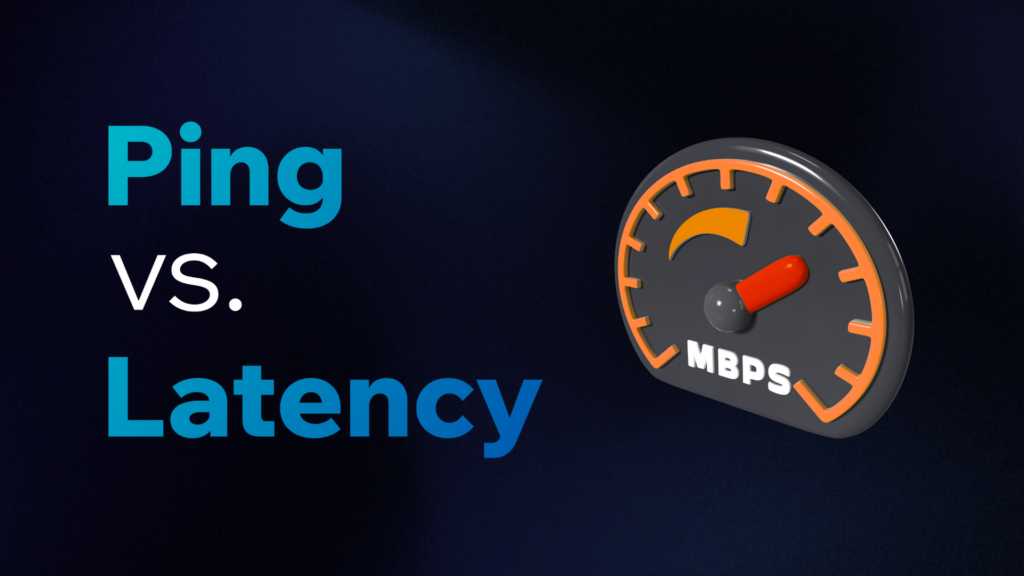
Expressions like ping and latency are frequently used synonymously in the context of networking and internet performance. They discuss several facets of network communication, though. Knowing the difference between the two will help you better understand how the internet works and how to fix connectivity problems. We’ll discuss what ping and latency are, how they differ, and why both are crucial for evaluating network performance in this blog post. Expressions like ping and Latency are frequently used synonymously in the context of networking and internet performance. They discuss several facets of network communication, though. Knowing the difference between the two will help you better understand how the internet works and how to fix connectivity problems. We’ll discuss what ping and latency are, how they differ, and why both are crucial for evaluating network performance in this blog post.
Ping: What is it?
Ping is a handy tool for determining whether a host on a network can be reached. It operates by pinging a target IP address using Internet Control Message Protocol (ICMP) Echo Request messages and waits for a response. Ping’s main goals are to find out if a particular host is reachable and how long it takes for packets to go there and back.
Usually, when you run a ping command, the following results appear:
Response Time: Usually expressed in milliseconds (ms), this is the amount of time it takes a packet to go to its destination and back.
Packet Loss: A measure of network dependability based on the proportion of sent packets that were not answered.
How Do You Define Latency?
On the other hand, latency describes how long it takes for data to go from a source to a destination. It includes all delays that could happen throughout this procedure, such as:
The amount of time it takes for a signal to go across a physical medium, such as cables or fiber optics, is known as the propagation delay.
The time needed to push every bit of the packet onto the line is known as the transmission delay.
Processing Delay: The amount of time needed for switches and routers to process a packet’s header.
Time a packet spends in queue at a router or switch is known as the queuing delay.
Usually expressed in milliseconds, latency is influenced by a number of variables such as routing efficiency, network congestion, and distance.
Important Differences Between Latency and Ping
Even while latency and ping are related ideas, they have various uses and offer different perspectives on network performance:
Goal:
Ping: A tool for determining response time and connectivity to a particular IP address.
The total amount of time it takes for data to go from a source to a destination is measured as latency.
Measurement
Ping: Measures response time directly using ICMP packets.
Latency: Involves several variables and offers a more comprehensive explanation of network latency.
ramifications
Ping: While high ping times may indicate problems, low ping times often indicate a stable network connection.
Latency: Excessive latency can cause data transmission delays that impact streaming, gaming, and video conferences, among other uses.
Why It’s Important to Understand Both
Understanding both ping and latency is critical for network administrators, gamers, and anybody dependent on a solid internet connection. These are some of the causes:
Network troubleshooting: A solid grasp of these metrics is frequently necessary to pinpoint connectivity problems. While high latency may indicate network congestion or inefficient routing, high ping times may indicate packet loss.
Performance Optimization: Low latency and low ping are critical for the best possible performance when playing games, streaming, or holding video conferences online. Gaining the ability to track and modify both can improve user experience.
Understanding latency can be useful in corporate settings when planning network capacity and making sure there are enough resources to meet user needs.
